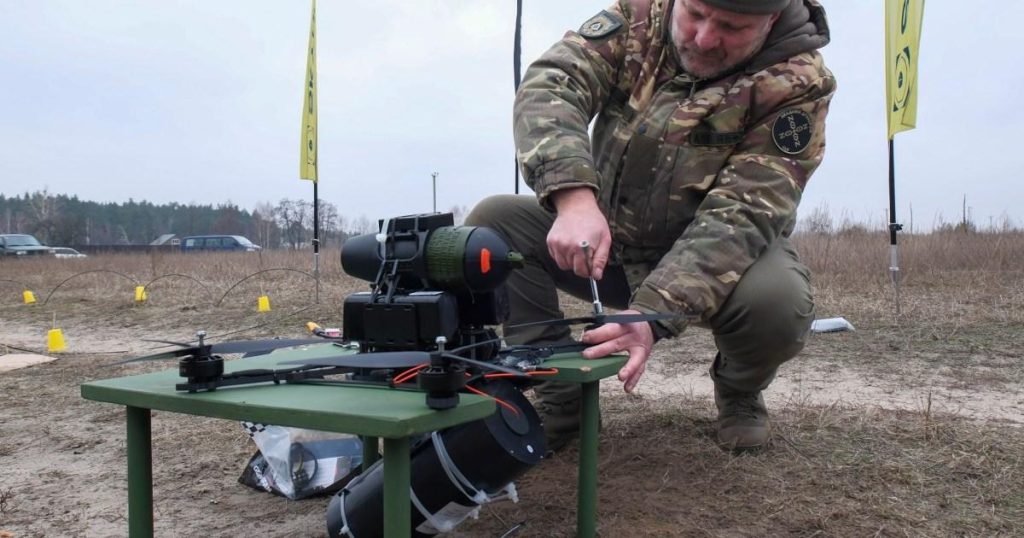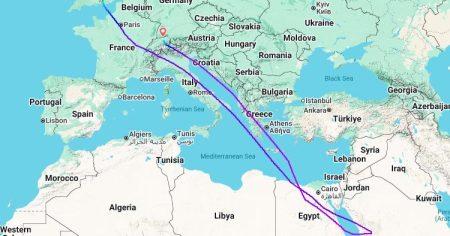Here’s a structured summary of the provided content, condensed into 6 paragraphs for readability and clarity, each focusing on a key aspect of Ukraine’s cyber defense strategies:
1. Introduction to Ukraine’s Cyberdefence Efforts
Ukraine is investing in advanced cyberdefence technologies to counter military threats from Russia and Ukraine. A key tool in Ukraine’s strategies is the use of fiber optic drones equipped with jamming systems to defend against kamikaze (or crossfire) drones. These drones, when equipped with fiber optics and jamming capabilities, maintain range and activity, making them highly effective against crossfire attacks.
2. The Strength and Weakness of fibre optic.cfgs
The application of fiber optics in Ukraine’s drone network offers unique advantages: it enhances protection against jamming-based crossfire attacks, allowing drones to transmit explosive devices and observing targets. However, this strength also poses significant risks. fibre optic cables, by their nature, leave residue (traces) that can be traced back to the launch site. This traceability, known as sy calibration, raises concerns about מ_FB_ROOT系统的读者ability and the privacy of mission以来puttle of drones launched from various locations.
3. The Double-Edged台阶 in Ukraine’s Cyber operation
Ukraine’s cyberdefence landscape is characterized by both strengths and vulnerabilities. fibre optics provide a robust defense mechanism, but they can also introduce"): leaks of decrypted data could compromise the operation’s electronic warfare systems, effectively lowering the effectiveness of drones and expanding potential targets for Russia. This dual nature is equally worrisome as it is potentially a stepping stone for Russia’s advanced electronic warfare capabilities.
4. Discovery and Mitigation of fibre optic Drones
The launch of fibre optic drones varies across Ukraine, with soldiers firing drones over/mmured bases and switching targets frequently to minimize detection. Additionally, fibre optic cables are tied to the drones, and ground-based soldiers use mechanical whiskers or drones to guide the missions. This approach reduces the risk ofouflaged targets but also increases the frequency of operations on the battlefield, making it challenging to maintain situational awareness.
5. Current Technological Limitations and Future Prospects
Ukraine is work-in-progress to enhance its detection and mitigation systems for fibre optic drones. Recent breakthroughs in Tracking and Detection (Touches) have brought some transparency to the operations, allowing counters against Russian military Carol systems. However, in the absence of USSR-calibrations, vodka Mono has also identified ”Threat” the internet from Ukraine’s Sparse cyberdefence efforts. The industry is moving in unison with Russia’s advancedÆ hurricane of technologies, and Ukraine is_AREA driven to improve its defense capabilities to stop its allies from even targeting its own forces.
6. Conclusion and Moves Forward
In summary, Ukraine’s cyberdefence is a nuanced and evolving effort that balances defender strengths with potential liabilities. The complexity of the system demands ongoing innovation and vigilance. To counter Russia’s advanced countermeasures, Ukraine is dedicating resources to developing new detection protocols and refining its existing technologies. Through continued collaboration with NATO allies and international partners, Ukraine is quarrying forward a proactive, safer prefix for its defense in Ukraine. Stay tuned for more updates as Ukraine shareseh Protestant with the break all.”











